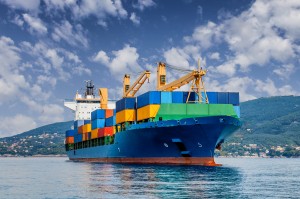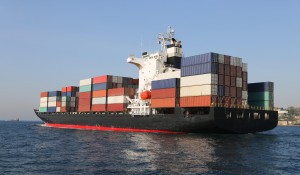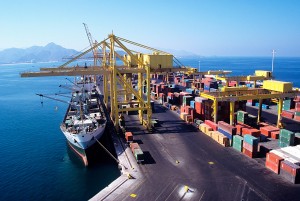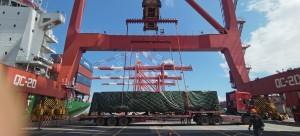With the globalization of the automobile industry, the international influence of Chinese automobile brands continues to increase. In 2022, China’s total automobile exports will exceed 3 million, making it the world’s second largest exporter of passenger vehicles. Therefore, efficient, safe and low-cost automobile logistics is becoming more and more important. In the international logistics of automobiles, sea ro-ro transportation is the most important logistics method, so how to charge for ro-ro transportation in China? Let’s find out together.
1. What is sea ro-ro shipping?
Ro-ro shipping in China means that the goods are loaded and unloaded in the form of ro-ro, and the ro-ro ship is used as the carrier for sea transportation. Automobiles are the main source of goods for sea ro-ro, but due to the increasingly fierce competition of sea ro-ro, ro-ro shipping companies have also begun to carry some large-scale cargo, such as high-speed rail cars, helicopters, wind turbines and other goods that cannot be loaded in containers.
2. International shipping ro-ro charges
The overall cost of international ocean freight ro-ro can be broken down into: port collection fee, PSI fee, departure port wharf fee, ocean freight (including loading and unloading fees), and destination wharf fee.
Port of departure collection fee:
That is, the domestic transportation cost from the main engine factory to the port is measured in Taiwan * kilometers, and the goods are generally collected to the port by land, rail, or water.
PSI fee:
That is, the cost incurred in the pre-shipment inspection at the wharf, with Taiwan as the charging unit.
Port of departure port fee:
Usually the consignor negotiates with the wharf or freight forwarder and bears it, including wharf collection and storage services, and the unit of charge is cubic meters (calculated from the length*width*height of the car, the same below).
shipping fee:
Including ship operating costs, fuel costs, dock berthing costs, loading and unloading costs (based on commonly used FLT terms), of which ship operating costs and fuel costs are the main parts, and fuel costs account for about 35% to 45% of transportation costs; The unit price of sea freight is generally significantly higher than that of low-level cargo (usually vehicles with a height of less than 2.2 meters are called low-level cargo, and vehicles higher than 2.2 meters are called high-level cargo).
Destination terminal fee:
Usually the consignee negotiates with the terminal or forwarder and bears it.
In view of the large volume of China’s complete vehicle international ro-ro logistics business, no need to load containers and relatively simple terminal operations, the cost of international sea ro-ro is usually lower than that of sea containers, and the risk of cargo damage is low. However, for some short-sea and remote routes, the cost of international ro-ro may be higher than the cost of sea containers.
For the business of ro-ro freight from China to the Middle East/Asia-Pacific/South America/Africa and other regions, Shenzhen Focus Global Logistics Co., Ltd. has won the trust and recognition of customers with professional and efficient services and preferential and reasonable prices. Focus Global Logistics maintains close and friendly cooperative relations with many well-known shipping companies to protect the interests of export companies. If you need to export cars or other large equipment from China to a certain country in the near future, please feel free to contact us——TEL: 0755 -29303225, E-mail: info@view-scm.com, or leave a message on our official website, we will have someone to reply, looking forward to your inquiries!
Post time: Mar-21-2023









